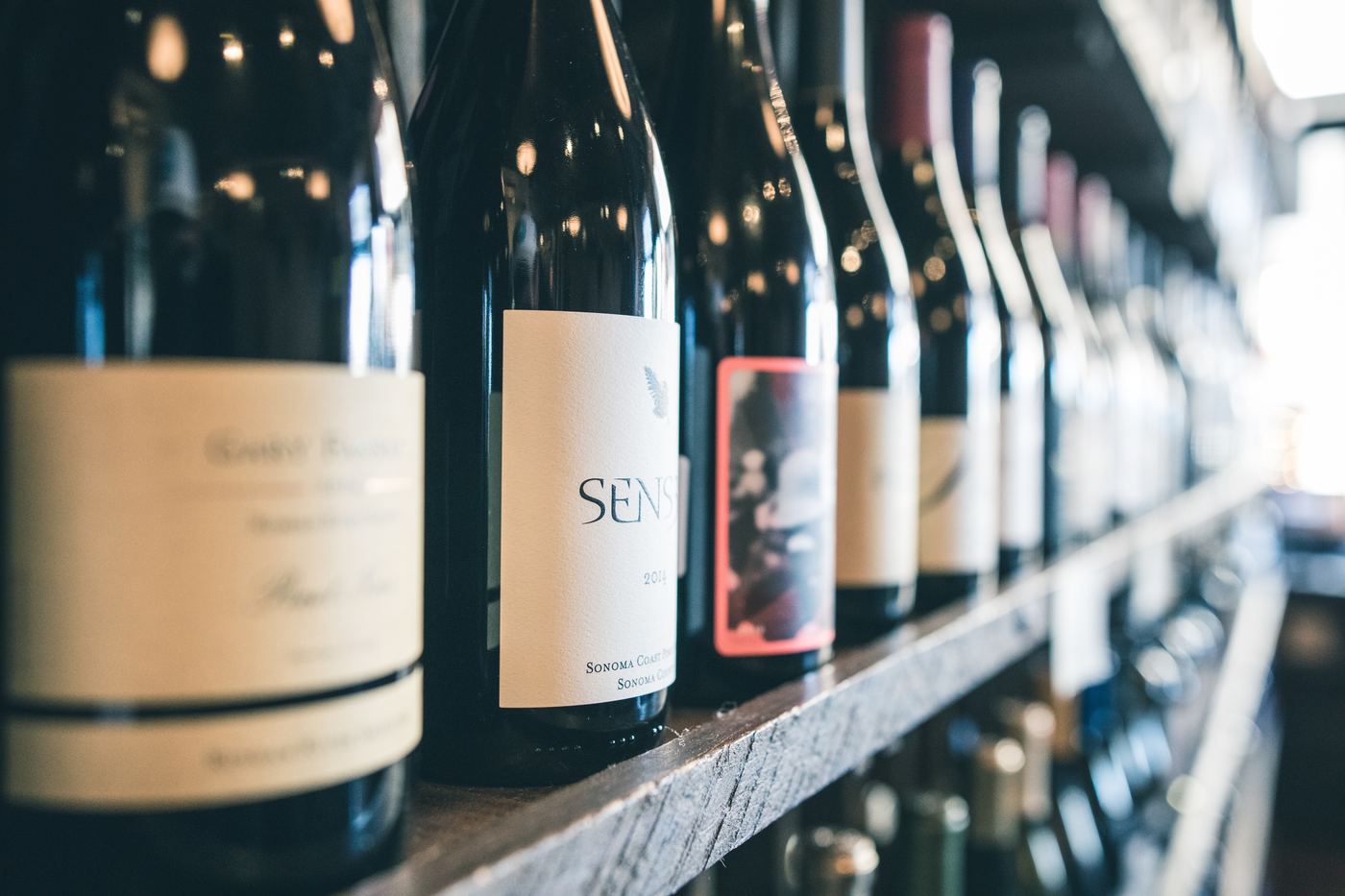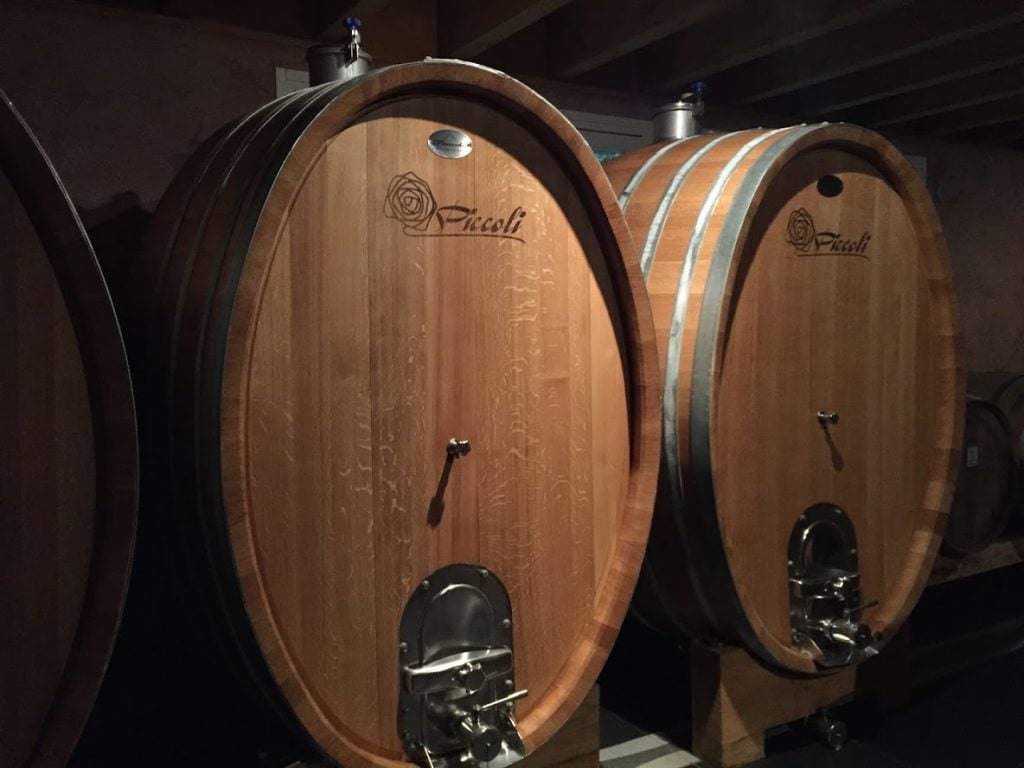Had your fill of Merlot, Sauvignon Blanc and Chardonnay? Fortunately for you the world of wine just keeps giving. There are plenty of lesser known wines out there, ready to reignite your love affair with viticulture. These are just three of our favourites.
Lesser known wine #1: Amarone
Amarone is a rich red wine that originates from Valpolicella in the Veneto region of north-eastern Italy. It traditionally known for its very strong, powerful flavour, with an alcohol percentage of up to 15-16 percent.
Unsurprisingly, Amarone is a firm favourite here at Vincarta. So, we wanted to give it the spotlight it deserves. In this short guide, we’ll talk you through the history, creation and taste of a typical bottle of our favourite wine.
While our main aim is to give wine novices a flavour of Amarone’s rich history, there’s also plenty of refreshing facts for the aficionados amongst you to savour.

Amarone through the ages
It’s thought that the creation of Amarone dates back as far as Ancient Rome. Romans were particularly partial to any wine with a high alcohol content to satisfy their cravings and, as it happened, Amarone was the perfect fit.
According to legend, the wine was created accidentally, after a barrel of Recioto was neglected and left to over-ferment. When the wine maker recovered the barrel, he or she was pleasantly surprised by the dry, mellow and aromatic wine inside. And, in that moment, Amarone as we know and love it was born.
Quality and quantity
Amarone’s birthplace, Veneto, produces the largest amounts of wine across Italy, with an average of 10 million hectolitres produced each year. Although much of it is mass-market plonk, world-class Valpolicella producers like Monte dei Ragni, Novaia, Quintarelli and our friends at Piccoli produce amazing wine.
As of 2011, Amarone is classified as a DOCG wine, which means the production of the wine is closely controlled and governed. This ensures that only the best quality grapes make it into your bottle. What’s more, it also gives you the reassurance that you’re buying something that has been lovingly, professionally and meticulously created.
However, this means a good bottle of Amarone will usually set you back about £30-£50. This cost is justified when you consider the volume of grapes used during the production, as well as the time it takes to create a bottle.
From vine to Vincarta – Amarone’s epic journey
To classify as an Amarone, the wine must only include a permitted variety of grapes, the most popular being:
-
Corvina
-
Corvinone
-
Rondinella
To turn these grapes into something more intoxicating, Amarone producers use a process known as ‘appassimento’. Through this method, the winemakers dry out the grapes for three to four months, press them slowly, and then ferment them until dry. After this, they age the wine in barrels for two to five years – depending on the required finish of the wine – and then bottled, ready to ship around the world.
The taste of Veneto in a single glass
Amarone wines are rich, vibrant, full-bodied and powerful. This is thanks to their protracted drying, fermenting and ageing process, which gives the wine a more ‘concentrated’ taste.
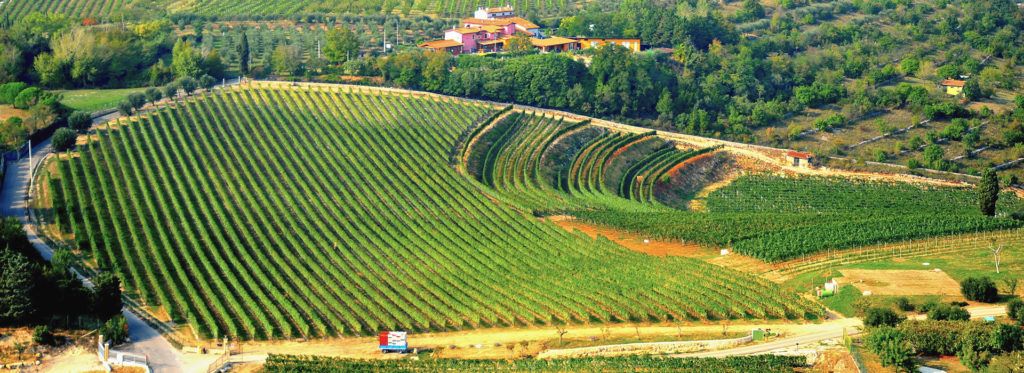
Picking the perfect pairings
A bottle of wine is always best enjoyed with good company and even better food. We believe Amarone is decadent enough to be drank as an evening tipple (like you would a glass of port) or as an accompaniment to rich and hearty food.
If you’re keen to complement Amarone with your next meal, we have a few personal recommendations:
- Red meats, such as: steak, venison or even reindeer (if you’re brave enough!)
- Game
- Stew
- Charcuterie
- Ripe cheese (such as parmesan and Gorgonzola)
- Dark and bittersweet chocolate
In other words, this wine is perfect for a ‘date night’ meal, an after-dinner cheese board or an evening of chocolate-scoffing (we promise not to judge your wine pairing choices).

Lesser known wine #2: Barolo
“The wine of kings, the king of wines.”
Produced using the Nebbiolo grape in Piedmont region of northwest Italy, Barolo wine has a rich taste and an even richer history. The wine’s origin dates back at least 2,500 years, where the first rudimentary grape-growing structures appeared.
Throughout its history, the wine has undergone many changes to its production. Namely, in the 1980s, traditionalists and modernists fought over the use of oak, the aging process and winemaking production of the red wine, in what soon became known as ‘The Barolo Wars’.
Nowadays, many wine producers have settled on a compromise. By combining traditional practices with the newer, more advanced processes, winemakers have ensured that Barolo is still a firm favourite amongst wine-drinkers worldwide. In fact, Barolo is so popular, 18 percent of Italian households choose to pair the wine with every special occasion dinner.
But, other than its dramatic history, what makes a bottle of Barolo so special?
Barolo wine in the making
The process of cultivating and producing Barolo is restricted to an area of 11 villages within the province of Cuneo. Between each village’s produce, there are subtle differences in flavour due to their unique soil compositions. For example, Monforte d’Alba is famous for its silky smooth, fruity Barolo, whereas Castiglione Falletto’s wines are renowned for their powerful tannins.
But regardless of the soil quality and the tasting notes, the process of aging the wine is usually the same. Once the wine is produced, each bottle is aged for 38 months (the wine must be kept in a barrel for a minimum of 18 of these months).
From there, the wine is sold to consumers across the globe, many choosing to age the wine a further decade in order to tone-down its highly tannic taste.
Tempting complex tastes and aromas
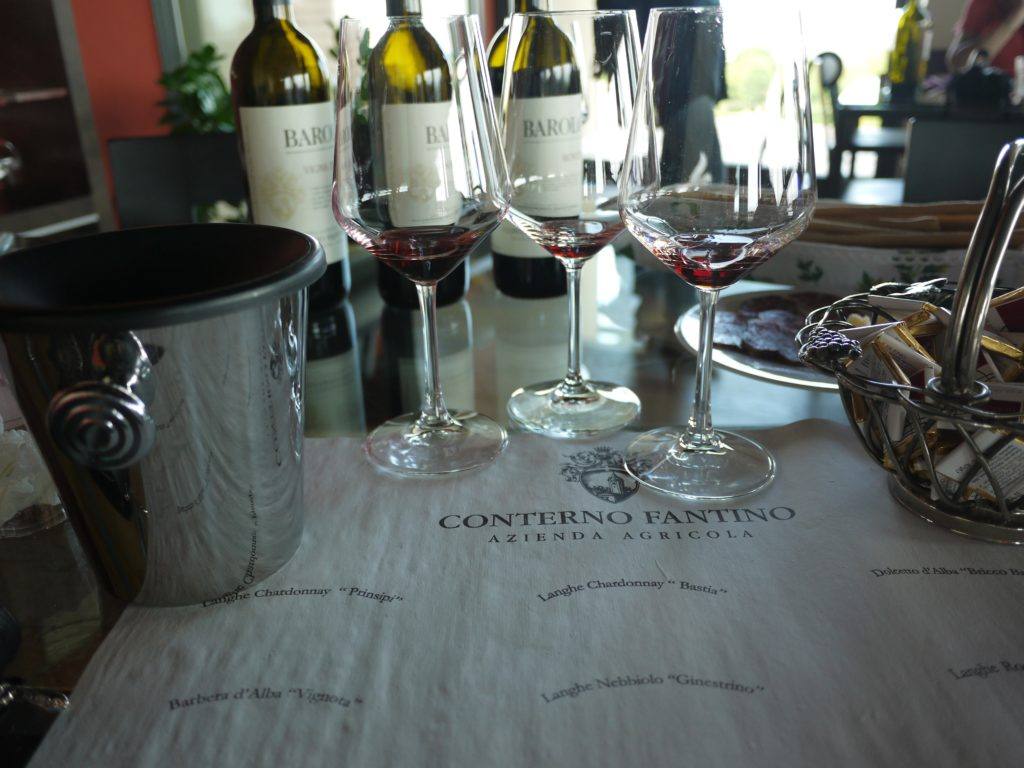
To the eye, Barolo wine is a delightful translucent ruby red. As the wine ages, the colour grows a darker orange. However, its tastes and aromas are even more complex.
Although there have been arguments over the high-tannin, acidic wine’s ‘traditionalist’ taste, the common palettes in today’s batches are a rich blend of:
- Tar
- Rose
- Tobacco
- Herbs
- Red berries and fruit
- Truffles and other earthy notes, such as hazelnuts and leaves
- Coffee
- Chocolate
The highly rated ‘2011 Barolo, Vigna Mosconi from Conterno Fantino’ has well-defined aromas and flavours of liquorice and black fruit, with hints of rose, tar, violets, cinnamon and cloves. What makes this wine even more special, however, is where it’s come from.
Conterno Fantino’s vineyard only produce 6,000 bottles of this high-quality wine each year, making the bottle a unique and prestigious experience. Read more about our visit to Conterno Fantino and the beautiful Barolo wines we sampled.
Mouth-watering food pairings
It’s only right to celebrate a bottle of outstanding wine with a table of delicious food. And, for such a brilliantly complex wine, Barolo deserves a show-stopping companion.
So, what are the best pairings for this bottle of red?
- Game birds, such as pheasants and duck
- Steak tartare
- Fillet steak, rare beef and veal
- Salt-crusted rib roast
- Liver and kidney
- Dishes with prominent flavours of truffle or mushrooms
- A rich and flavoursome risotto
- Extra dark (70 percent) chocolate
- Powerful cheeses, such as Gorgonzola, or other wine-friendly cheeses, such as sheep’s or goat’s cheese
For those of you who like to take your wine a little bit further, Barolo is also the perfect ingredient for a hearty, traditional Italian braised beef stew (so, get your apron on!).
Barolo wine: Sample the speciality
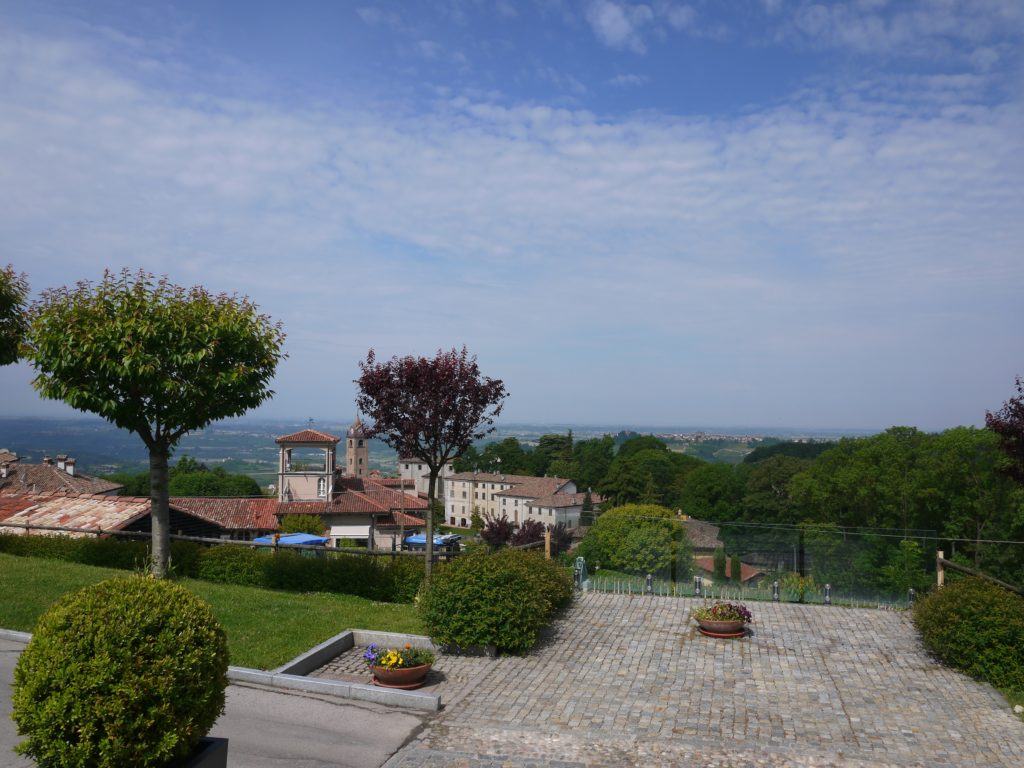
Barolo has been deemed ‘the king of wines’ for centuries, and we can’t help but agree.
You could just take our word for it, but to discover what truly makes Barolo wine special, you really ought to sample a bottle or two of Italy’s finest for yourself.
Lesser known wine #3: Riesling
Riesling is one of the oldest German grape varieties but today it’s cultivated all over the world. A sommelier and wine enthusiast’s favourite, it is often overlooked by the casual imbiber. It’s their loss.
It likes a cool climate but for the best quality it needs to be grown on prime sites. It buds and flowers later in the year than other grapes making it less susceptible to frosts. It is susceptible to the so-called noble rot (botrytis cinerea). That doesn’t sound like a good thing but actually it helps to concentrate flavours and sugars when it occurs, creating delicious sweet wines.
The earliest mention of Riesling dates back to 1435 from Rheingau
It expresses the characteristics of the terroir – soil, climate and place – as we discovered during our trip through Germany and Austria.
Riesling styles and tasting notes
In the winery, it is very versatile making wines that range from bone dry to very sweet, from still to sparkling and from easy-drinking blandness to some of the most complex and elegant wines on the market.
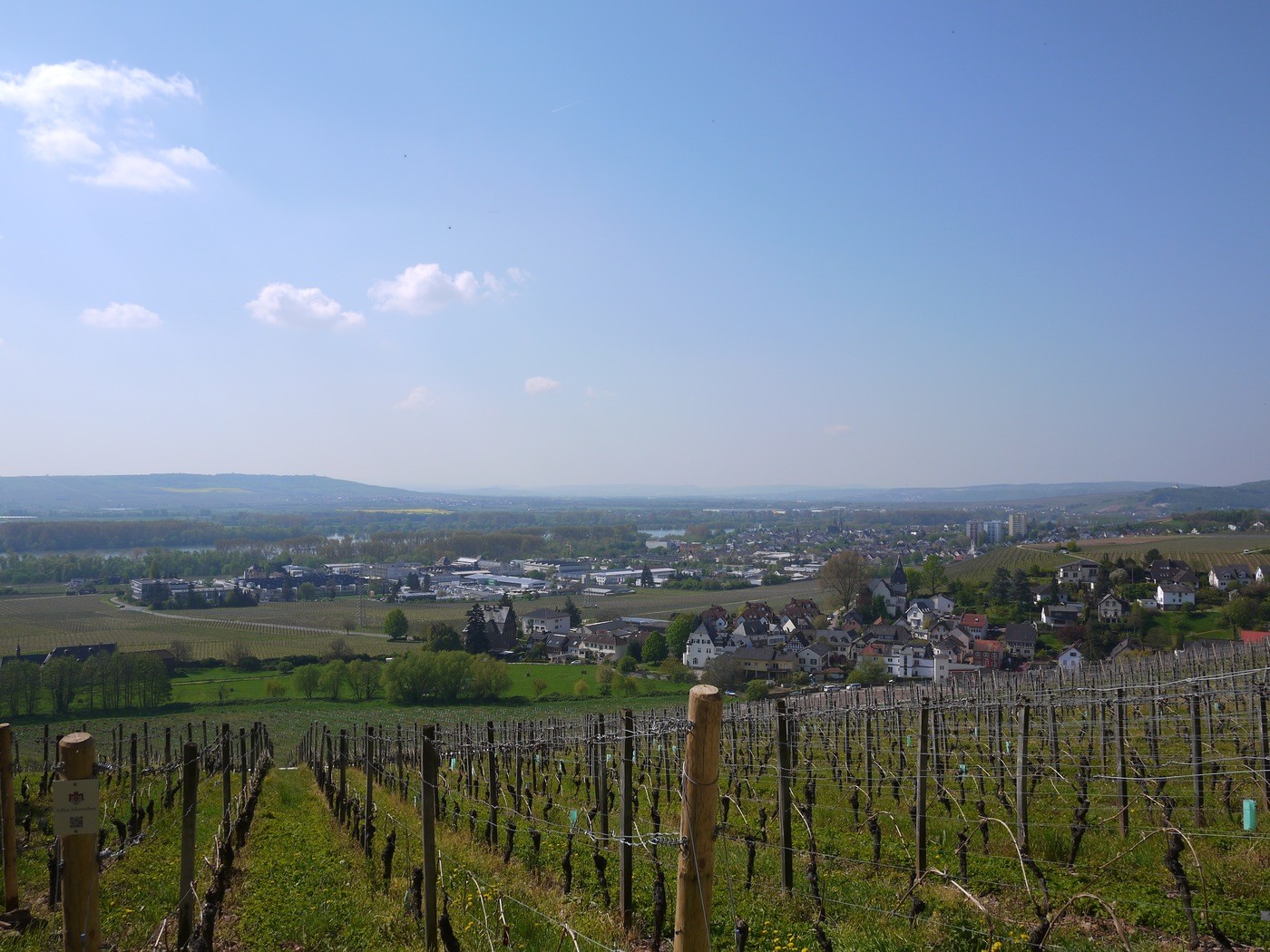
Wine styles vary from region to region. For example, Jancis Robinson says that Austrian Rieslings tend to be more full-bodied and spicier than German ones and we found that too.
Tasting notes include: lemon, apple, stone fruits like apricot and peach, peppery spice and savoury herbs. You often get the grape’s characteristic petrol and honey flavour with age. That may sound like an odd, even unpleasant combination, but trust me – it’s delicious. And it’s one of the reasons good Riesling can age beautifully.
It’s very food-friendly and works well with sea food, asparagus (a big favourite of the Germans!), chicken and white meat.
English consumers are wary of Riesling, perhaps because of its cheap-and-nasty Blue Nun associations, the legacy of the Austrian anti-freeze scandal and a vague feeling that German wine will be very sweet in an era when all pub wines must be bone dry and oak-free by law. ‘Dry white wine – no oak, no Chardonnay – please!’

What to look for (and what to avoid) with Riesling
So, here’s a primer on what to look out for. If it says ‘trocken’ that means ‘dry’ so you’re safe there.
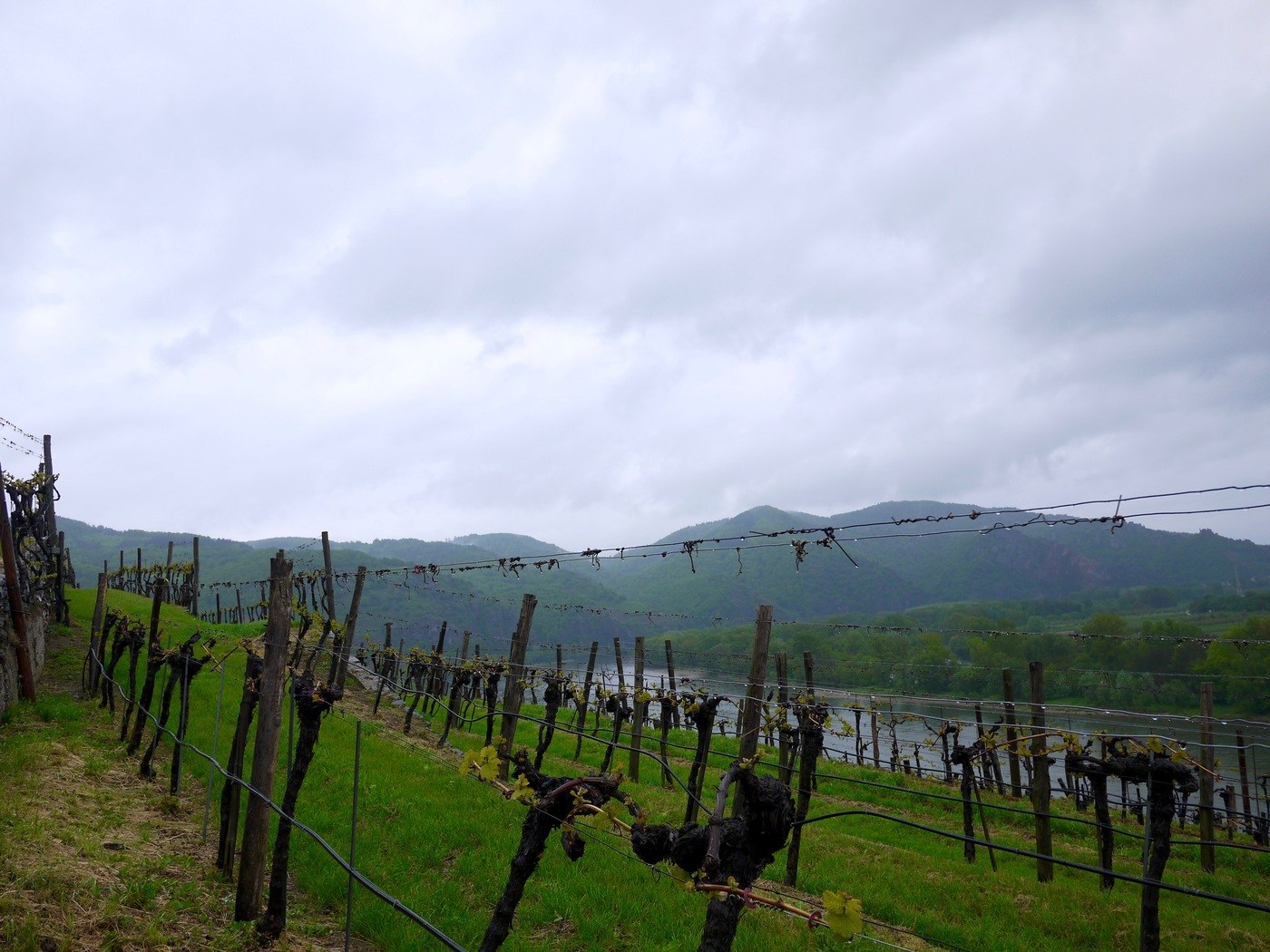
Austrian Rieslings from Wachau that are labelled ‘smaragd’ and German wines labelled ‘erste gewächs (grands crus wines) are likely to be higher quality with more complexity and sophistication. These wines are made from hand-harvested grapes from the best vineyards and harvested late so they have very concentrated flavours.
If you want to avoid sweet wines, look out for ‘trockenbeerenauslese’ (which will be a fantastic desert wine) and ‘beerenauslese’ (also sweet). Sekt is sparkling wine which is usually made using the prosecco method but if made using the traditional method, it will be a delightful change from overpriced but underwhelming Champagne. (Read our article on how sparkling wine gets its fizz for more on different methods.)
In May 2016, we went on a tour of German and Austrian Riesling areas and we’ll be reviewing different vineyards and individual wines in upcoming articles. But for now, all we need to say is ‘wine drinkers of the world, drink Riesling! You have nothing to lose but your preconceptions!’
Keep discovering
We have merely scratched the surface when it comes to lesser-known wines. There are so many wonderful bottles waitingrhein to be discovered by new drinkers. So, leave your old faithful behind for an evening and discover a new favourite.
